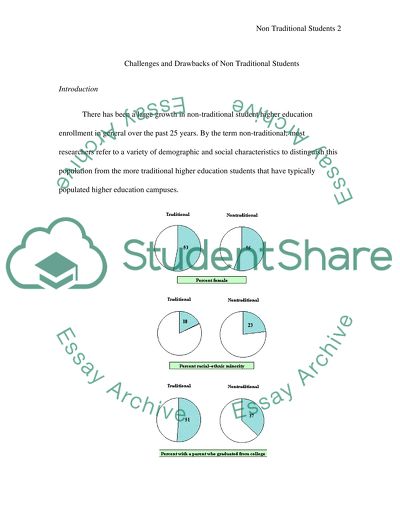Cite this document
(Challenges and Drawbacks of a Non-Traditional Students Research Paper, n.d.)
Challenges and Drawbacks of a Non-Traditional Students Research Paper. Retrieved from https://studentshare.org/education/1574121-challenges-and-drawbacks-of-a-non-traditional-student
Challenges and Drawbacks of a Non-Traditional Students Research Paper. Retrieved from https://studentshare.org/education/1574121-challenges-and-drawbacks-of-a-non-traditional-student
(Challenges and Drawbacks of a Non-Traditional Students Research Paper)
Challenges and Drawbacks of a Non-Traditional Students Research Paper. https://studentshare.org/education/1574121-challenges-and-drawbacks-of-a-non-traditional-student.
Challenges and Drawbacks of a Non-Traditional Students Research Paper. https://studentshare.org/education/1574121-challenges-and-drawbacks-of-a-non-traditional-student.
“Challenges and Drawbacks of a Non-Traditional Students Research Paper”. https://studentshare.org/education/1574121-challenges-and-drawbacks-of-a-non-traditional-student.


